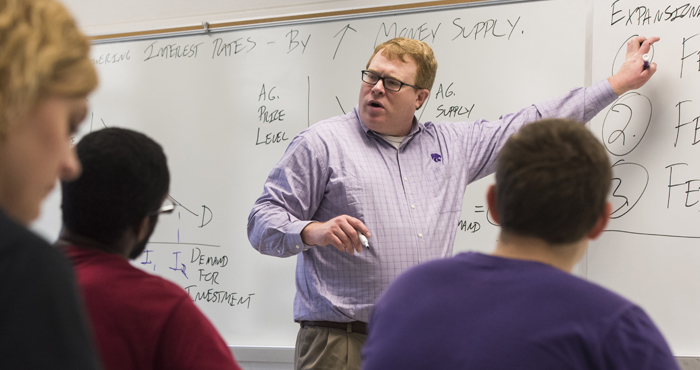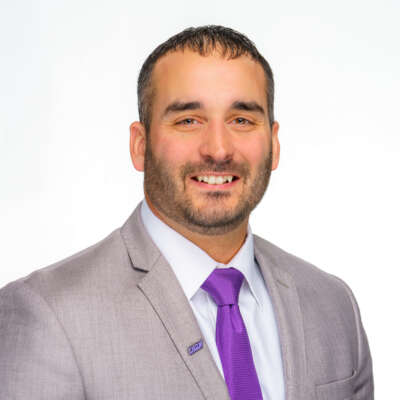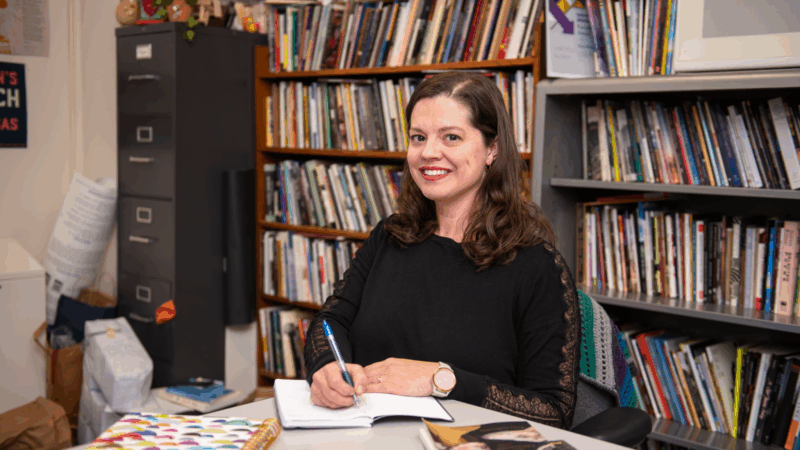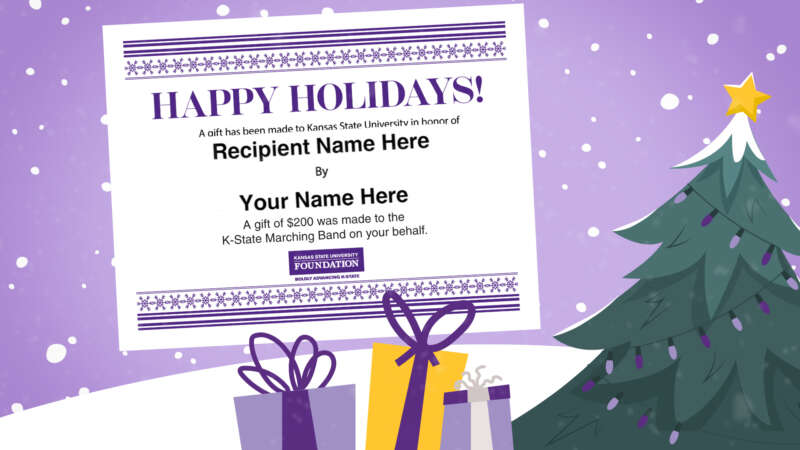K-State’s Department of Economics saves students money through Textbooks 2.0
Saving money on college textbooks is always a top priority. Perhaps now more than ever, K-State is making sure that students’ money can stretch as far as possible to alleviate one of the biggest causes of stress in their university career — finances. K-State students are not alone in this mission as K-State’s Department of Economics has joined several other departments in utilizing Textbooks 2.0, the university’s alternative textbook initiative.
Textbooks 2.0 is a program in which the traditional textbook is replaced by open access academic resources. Sources are vetted by professors before assigned to classes and posted online for student use free of charge. The material is also available in a traditional printed format at a much lower cost than the traditional textbook.
“I am always looking to help my students save money. With the Textbooks 2.0 initiative I can do that while still providing them with quality academic sources,” Daniel Kuester, Roger Trenary Chair and Director of Undergraduate Studies in the department of Economics said. “I must admit when the idea was first brought up to me, I was a bit skeptical. I had tried something like this in the past and did not yield the success I was hoping for. However, after seeing the time and effort that that those involved put into the development of this program, my worry quickly went away.”
Kuester is proud to say that Textbooks 2.0 has been met with great results from his students. “The program’s implementation into my curriculum has produced excellent results and feedback from my students,” Kuester said. “For my principles of economics class, the grade point average amongst students has been great. I am particularly proud of them for that because the circumstances we have had to deal with this academic year have not been ideal,” I think the biggest contributor to that has been their determination to succeed but also the Textbooks 2.0 program,” Kuester said. The program has provided them with more accessible information about the course so if they need supplemental information or if something isn’t clear from my lecture, they have an alternative explanation to the same point of reference.”
The future of Textbooks 2.0 looks bright; in Kuester’s eyes things can only get better for the program from here. “I think that the longer this program stays in place the more professors in this department will use it,” Kuester said. “These are quality sources as I’ve said, my open-source material in particular comes from Rice University, so I believe that as long as the academic sources are credible the only way to go from here is up.”






